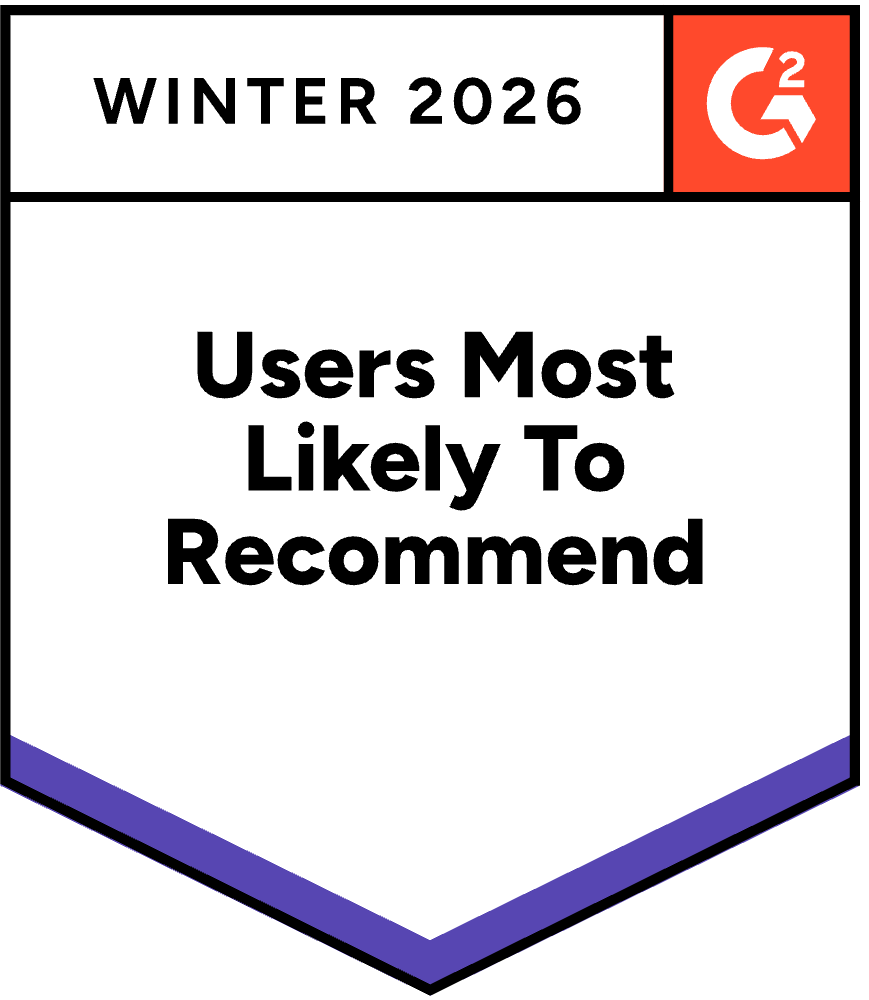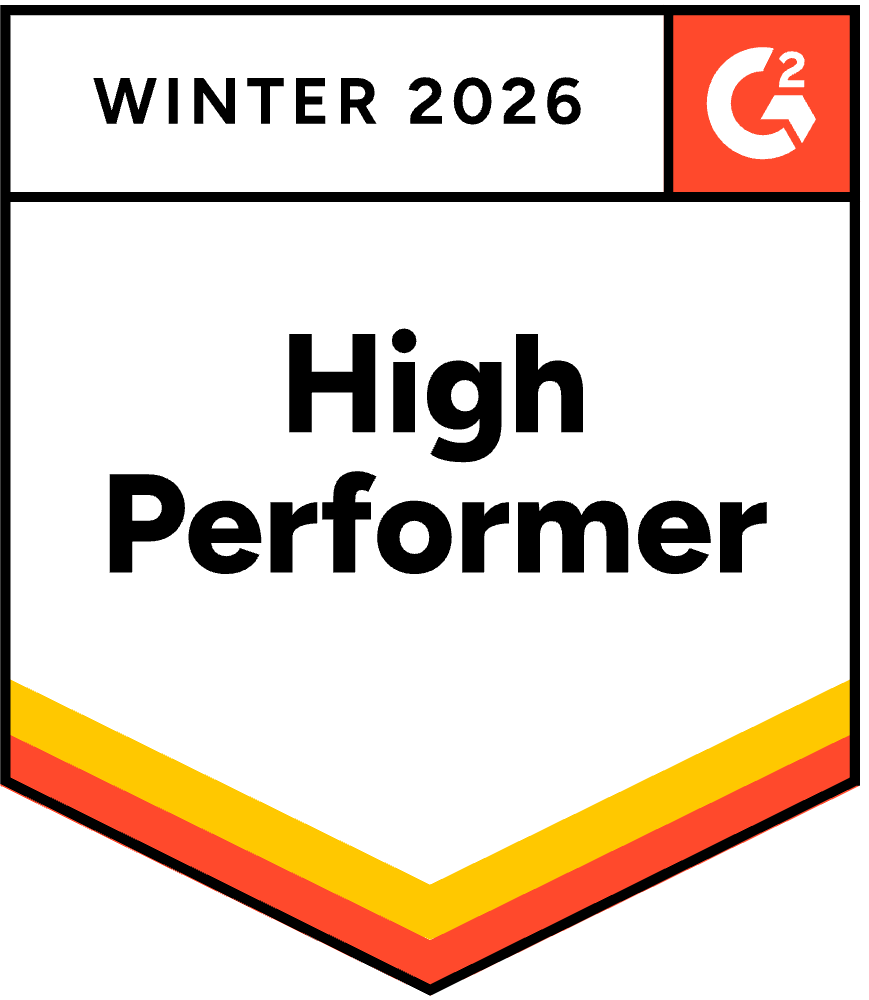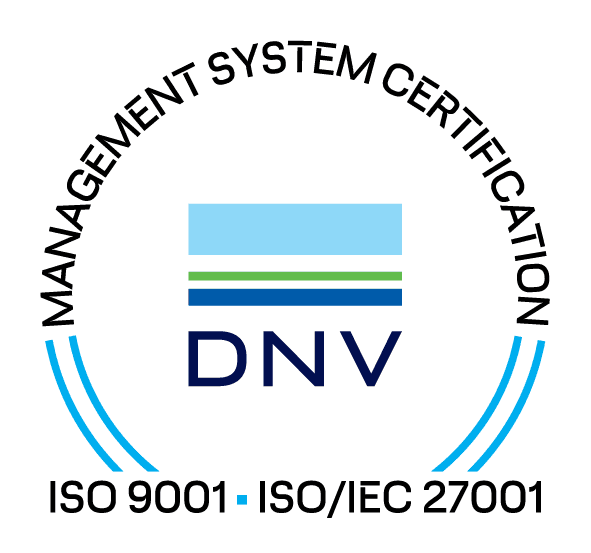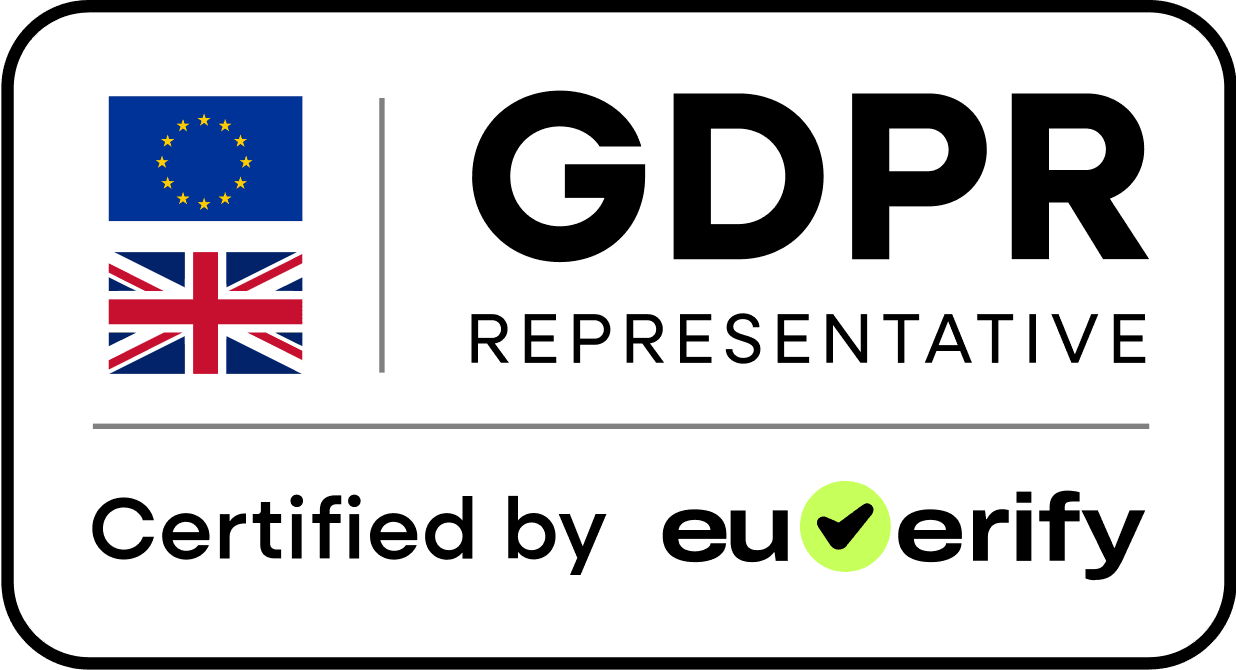ISO9001 is the world's most widely used quality management standard. Since its introduction in 1987, it has evolved to reflect changes in business, technology, and customer expectations. Each revision of ISO9001 has refined the way organisations approach quality, efficiency, and continual improvement.
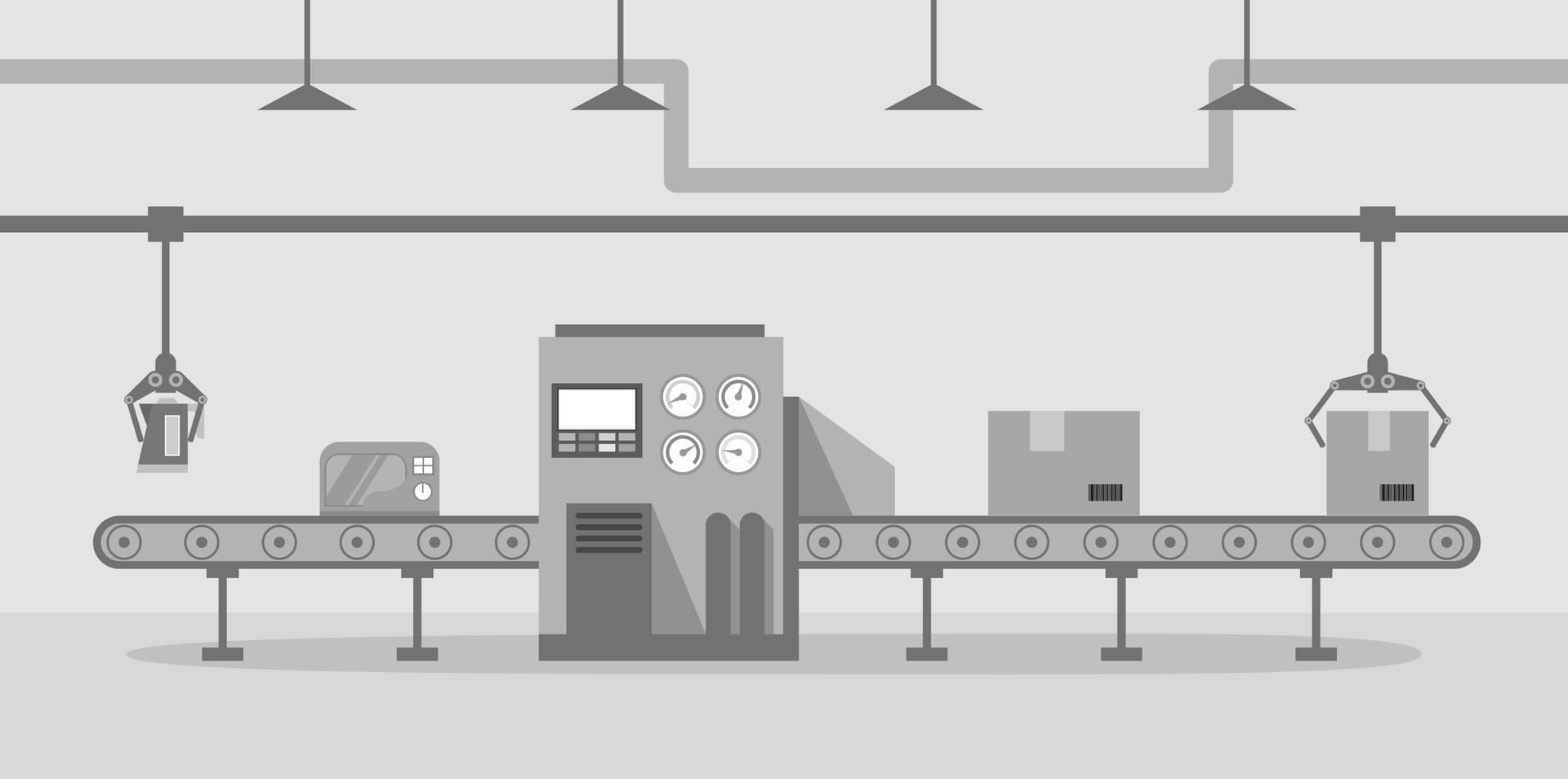
This page explains the history of ISO9001, key milestones in its development, and what the future may bring with ISO9001:2026.
The roots of ISO9001 trace back to military and manufacturing quality assurance systems developed in the mid-20th century. In the 1970s and 80s, industries sought a unified standard that could be applied across sectors and borders.
The International Organization for Standardization (ISO) responded by creating the ISO 9000 family of standards. These standards focused on ensuring organisations could consistently deliver products and services that met customer requirements.
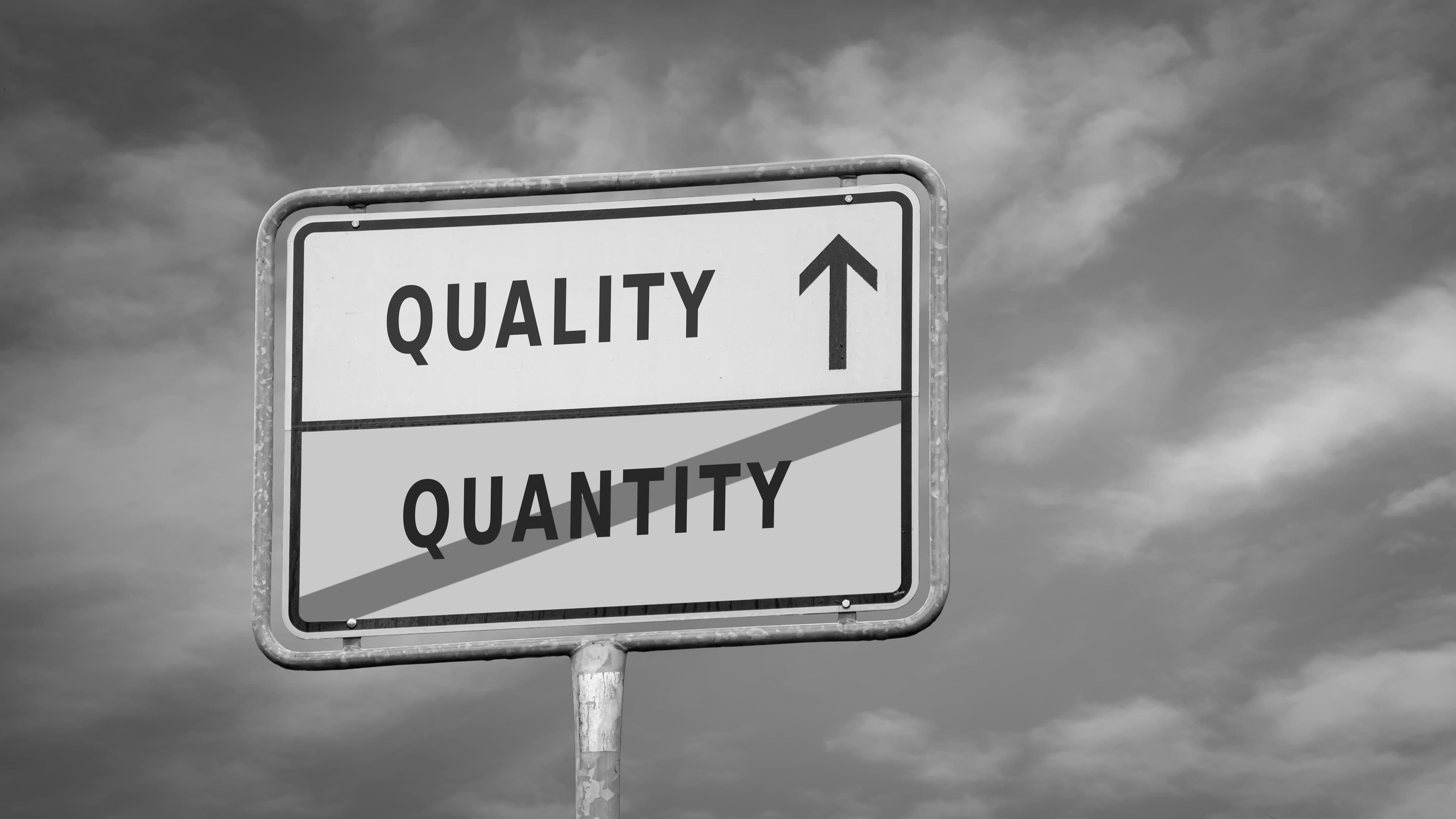
ISO released the first edition of ISO9001, heavily influenced by defence and manufacturing quality assurance models.
• Emphasis on documented procedures and conformity
• Primarily aimed at manufacturing and production companies
• Introduced as part of the ISO 9000 family (9001, 9002, 9003)
• Effective but criticised as bureaucratic and documentation-heavy
The first revision came in 1994, introducing preventive actions.
• Focused on preventive actions, not just corrective ones
• Still considered prescriptive and document-heavy
• Continued to apply mainly to manufacturing industries
• Lacked flexibility for service organisations
The 2000 revision was a major overhaul that merged ISO 9001, 9002, and 9003 into a single standard.
• Emphasised process-based quality management
• Introduced the Plan-Do-Check-Act (PDCA) cycle
• Highlighted customer satisfaction as a key outcome
• Became applicable across industries, including services
A minor update focused on clarification rather than major changes.
• Simplified wording and improved clarity
• Strengthened alignment with other ISO standards
• No new requirements, but improved consistency
• Reinforced ISO9001's role as a stable, adaptable standard
Another major revision introducing modern business concepts.
• Adopted Annex SL high-level structure
• Introduced risk-based thinking as central concept
• Expanded emphasis on leadership and organisational context
• Reduced prescriptive documentation requirements
• More flexible for SMEs and service industries
The next revision is expected around 2026 with focus on modern business challenges.
• Sustainability and ESG: Environmental and social governance integration
• Digitalisation: Data-driven quality, AI and automation
• Resilience: Supply chain risks and business continuity
Organisations will likely need to transition within 3 years of release.
Understanding the history of ISO9001 helps organisations see how the standard has evolved to remain relevant. Each update reflects global business challenges — from manufacturing consistency in the 1980s, to customer satisfaction in the 2000s, to risk management and resilience today.
For Australian businesses, recognising this evolution makes it easier to prepare for the future and ensure ongoing compliance with certification requirements.
ISO9001 has been the backbone of quality management for nearly four decades. Its revisions show a steady trend toward flexibility, customer focus, risk management, and continual improvement.

Get comprehensive information about ISO9001 certification, implementation, and requirements for Australian businesses.
View Complete GuideReady to implement ISO9001? Contact our experts for guidance on certification and quality management systems.
Contact UsContinue Learning About ISO9001

